SAAS Kubernetes Deployment over AWS EKS
- Ankush Madaan
- Case Studies
About
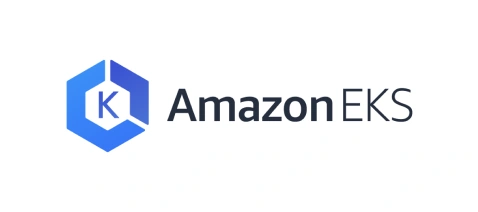
SAAS deployment for Supply Chain Customer with 15+ Microservices over Kubernetes Shared & Dedicated Tenant Deployment using Amazon EKS & Automated by Terraform.
Industries
- AWS, CI/CD Pipelines, EKS, Kubernetes, Microservices, SAAS, Security
Share Via
1. The Challenge
- The entire Deployment needs to be automated for the new customer onboarding and infrastructure needs to be written as code.
- The System needs to be scalable to handle different amounts of traffic and should scale quickly when required along with maintaining the cost of the infrastructure.
- Secure By default since there are enterprise customer who will run the CIS compliance on the infrastructure and it should pass those test.
- Complete observability into the system for the day to day operation
2. Solution’s Implemented
The entire Network Topology of the deployment was designed
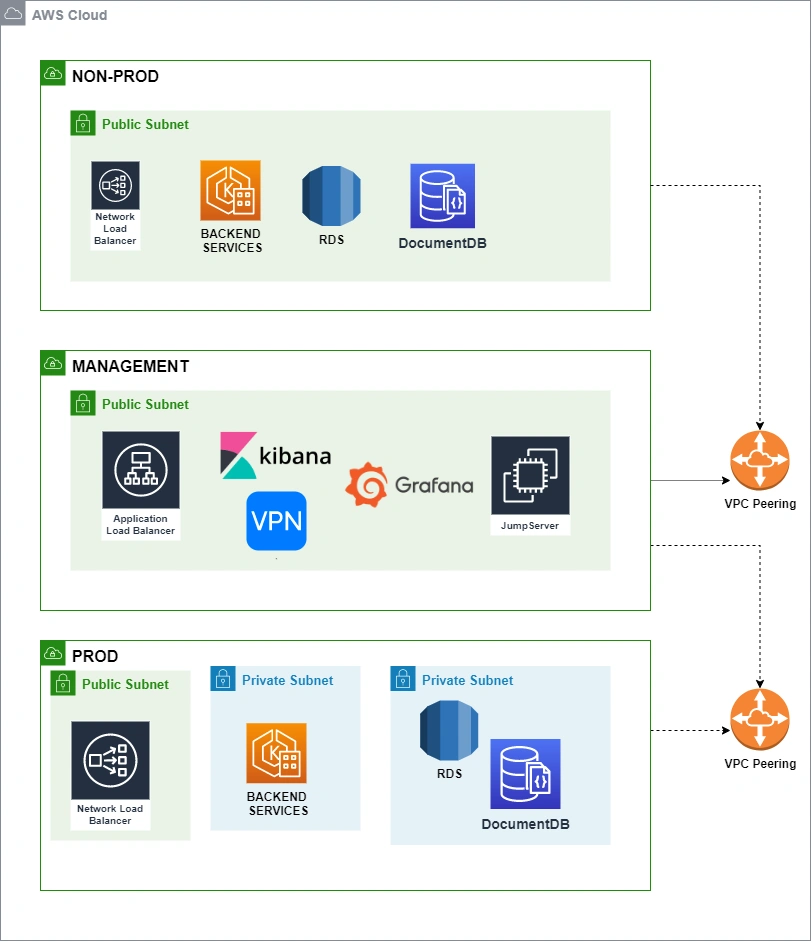
Ingress Layer
- Load Balancer: A network load balancer will be used for load balancing. It’s being used because it is faster than an application load balancer.
- Route53: It is a DNS hosting solution provided by AWS.
Compute Layer
- Amplify: It is a service provided by AWS to host the frontend which is fully managed by AWS and provides inbuilt CDN.
- EKS: It stands for Elastic Kubernetes Service, a managed Kubernetes service that is provided by AWS. All the backend services will be hosted here.
Data Layer
- RDS: Relational Database Service will be used for storing Postgres data.
- DocumentDB: It will be used for storing NoSQL data, it is a MongoDB compatible database.
- S3: It is used to store logs for some content related to applications like files and images.
Observability Layer
- Prometheus: Prometheus is an open-source system monitoring and alerting toolkit.
- Grafana: Grafana is multi-platform open-source analytics and interactive visualization web application. It provides charts, graphs, and alerts for the web when connected to supported data sources.
Logging
- ELK will be used for logging. “ELK” is the acronym for three open source projects: Elasticsearch, Logstash, and Kibana.
- Elasticsearch is a search and analytics engine. Logstash is a server‐side data processing pipeline that ingests data from multiple sources simultaneously, transforms it, and then sends it to a “stash” like Elasticsearch. Kibana lets users visualize data with charts and graphs in Elasticsearch.
Architectural Presentation
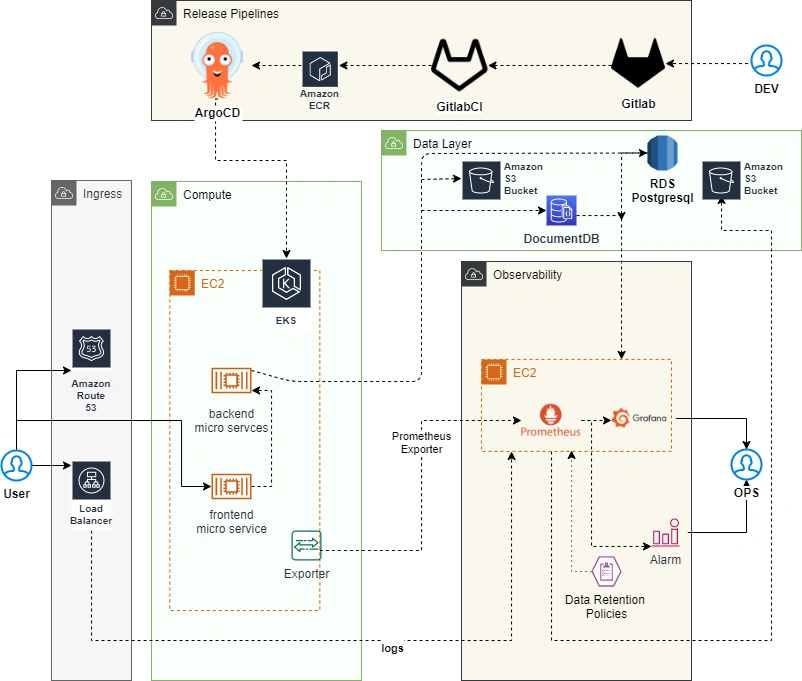
8. CI/CD Workflow
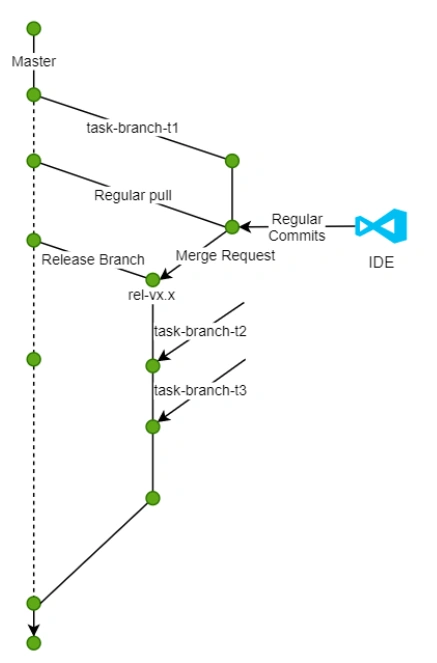
Results
- The system was Secure & CIS compliant images were run for the application
- System Failure was Minimal by providing high Availability of Pods & Scalability in different Availability Zones
- Observability of the entire system using the monitoring tools deployed and RBAC management for access to the system
- Change Management was successful as Everything was built using Terraform (infrastructure as a code) and multiple deployments of Shared and dedicated tenants.
- The overall project was completed within the span of 4 months with 2 resources and a project manager.
Related Posts
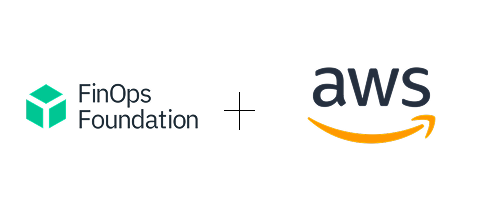
How SquareOps Helped a FinTech Startup Reduce AWS Spend After a Cost Spike
- Case Studies
SquareOps helped a fast-scaling FinTech startup reduce AWS spend by ~30% in just three months—cutting costs from ~$44K to ~$31K per month without downtime, performance impact, or slowing engineering velocity.

Smooth Migration of MongoDB & Elasticsearch to AWS
- Case Studies
BatchService cut cloud costs by 27%, improved query performance by 30%, and ensured zero downtime by migrating 12+ TB of data to AWS EKS with SquareOps’ expert-led solution.
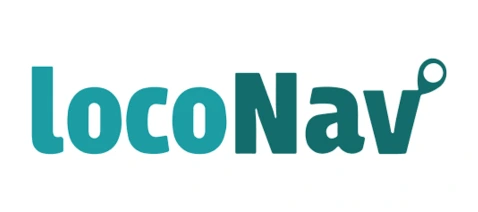
Streamlining Deployments for Loconav with Automation
- Case Studies
SquareOps streamlined Loconav’s global deployments by automating infrastructure with Kubernetes, Terraform, and Ansible, reducing errors, costs, and deployment time from days to hours. 🚀
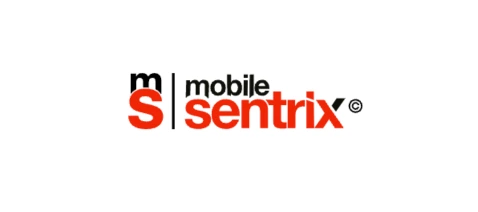
Scaling DevOps & Performance for MobileSentrix
- Case Studies
SquareOps streamlined Loconav’s global deployments by automating infrastructure with Kubernetes, Terraform, and Ansible, reducing errors, costs, and deployment time from days to hours. 🚀

Migration of MongoDB & Elasticsearch to AWS
- Case Studies
SquareOps helped BatchService migrate 12TB+ of MongoDB & Elasticsearch to AWS, reducing costs by 27%, improving scalability, security, and performance with a zero-downtime strategy.
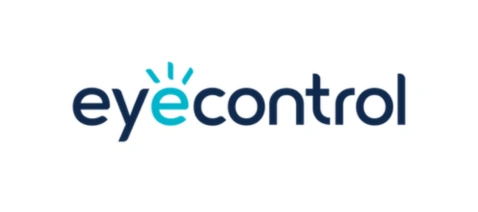
AWS Control Tower Strategy For EyeControl
- Case Studies
Learn how SquareOps utilized AWS Control Tower to enhance EyeControl’s multi-account management in healthcare technology, ensuring strong security.

